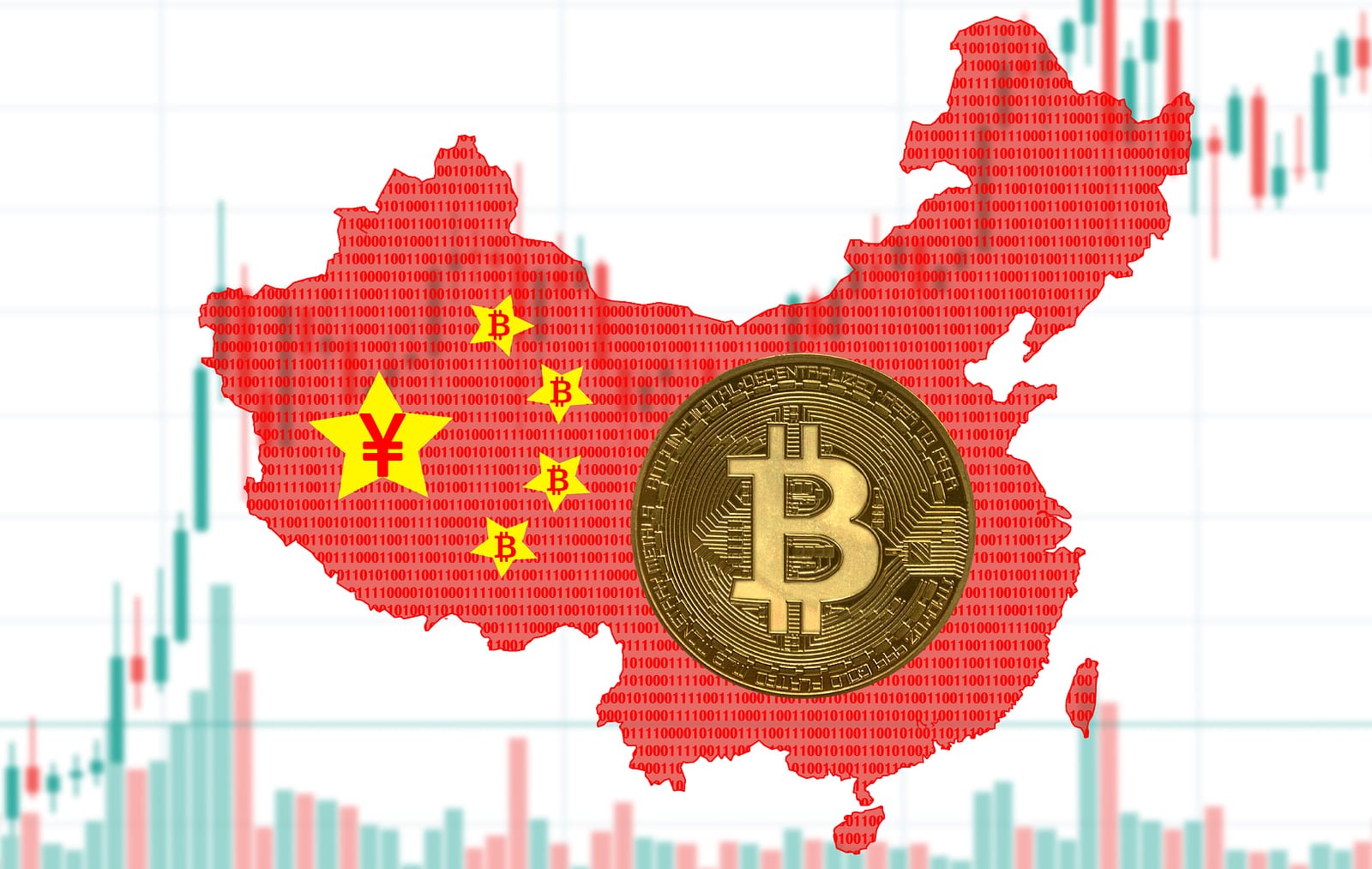China Explores Stablecoins to Boost Renminbi While Balancing Control

China is taking cautious steps toward launching its first stablecoins, aiming to elevate the renminbi’s global presence and challenge the dominance of the U.S. dollar. The move reflects Beijing’s ambition to leverage blockchain-based digital currencies to internationalize its currency, but concerns about capital flight and financial control are tempering progress. In Hong Kong, a key testing ground for cryptocurrency due to the mainland’s ban, new regulations signal a controlled entry for stablecoins, with only a limited number of licenses to be issued starting next year.
Hong Kong’s recent legislative move allows licensed businesses to issue tokens backed by any fiat currency, a significant step toward integrating stablecoins into its financial ecosystem. The Hong Kong Monetary Authority (HKMA), acting as the region’s de facto central bank, has adopted a conservative stance, prioritizing stability over rapid expansion. This cautious approach stems from fears that stablecoins could facilitate money laundering or destabilize financial systems, concerns echoed by mainland regulators wary of loosening control over capital flows.
Stay In The Loop and Never Miss Important Crypto News
Sign up and be the first to know when we publishBalancing Innovation and Oversight
China’s interest in stablecoins has grown as policymakers recognize their potential to reshape global finance. According to the Financial Times, Pan Gongsheng, governor of the People’s Bank of China, said in a June speech that stablecoins have transformed traditional payment systems, prompting regulators to engage experts in recent months to strategize their integration. Discussions have underscored the need for stablecoin projects to align with China’s tightly controlled financial framework, with a particular focus on mitigating risks of capital outflows. One expert involved in these talks noted that regulators repeatedly emphasized tailoring stablecoin initiatives to China’s unique economic and political landscape.
In Hong Kong, the HKMA’s rigorous oversight reflects Beijing’s broader concerns. The authority’s stablecoin “sandbox” trial has set high standards for applicants, scrutinizing use cases, reserve management, and legal dispute mechanisms. FT explained that the HKMA is prioritizing business-to-business applications to limit initial adoption and maintain stability. This approach contrasts with the rapid growth of stablecoins in the U.S., where dollar-backed tokens like USDT and USDC have gained widespread traction.
Chinese state-owned enterprises, particularly those with operations in Hong Kong, are showing keen interest in stablecoin technology for payment and settlement purposes. Chen Lin, director of the Centre for Financial Innovation and Development at the University of Hong Kong, noted that several such enterprises are preparing to apply for licenses. However, only one of China’s four major state-owned banks is expected to receive an initial license, signaling the HKMA’s selective approach. The authority has also left open the possibility of approving stablecoins backed by offshore renminbi, which could bolster China’s push for cross-border use of its currency.
The appeal of stablecoins lies in their ability to bypass traditional financial systems like Swift, which China views as a potential vulnerability in geopolitical conflicts. By developing renminbi-backed stablecoins, Beijing aims to reduce reliance on dollar-dominated systems and enhance the currency’s role in global trade. Yet, stablecoins’ decentralized nature poses challenges for a government accustomed to centralized control. This tension between innovation and regulation continues to shape China’s approach.

